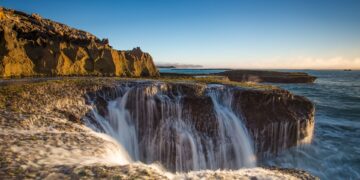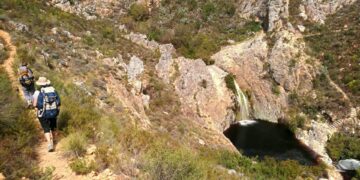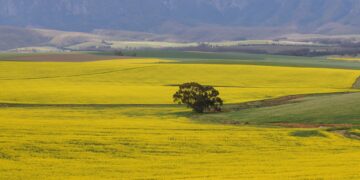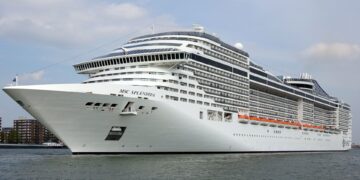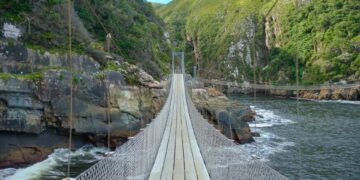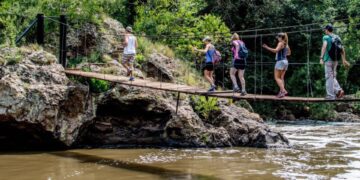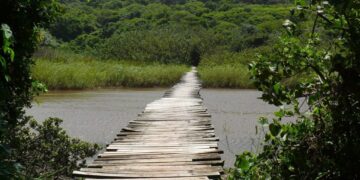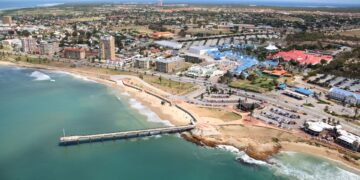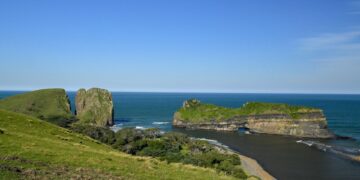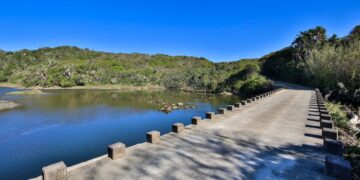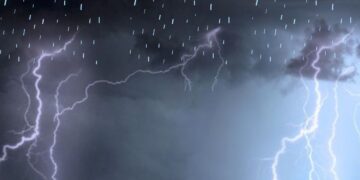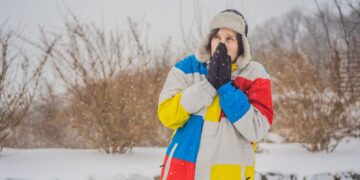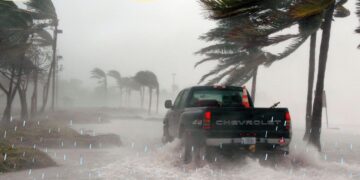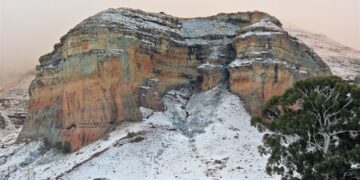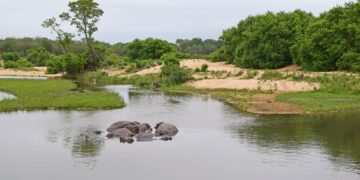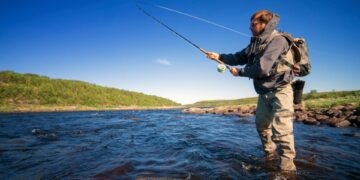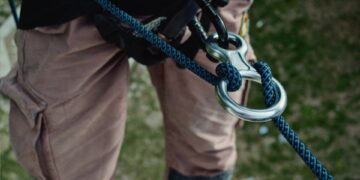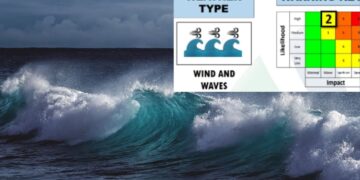It’s been raining cats and dogs again in parts of KZN and residents in some areas have been asked to be cautious.
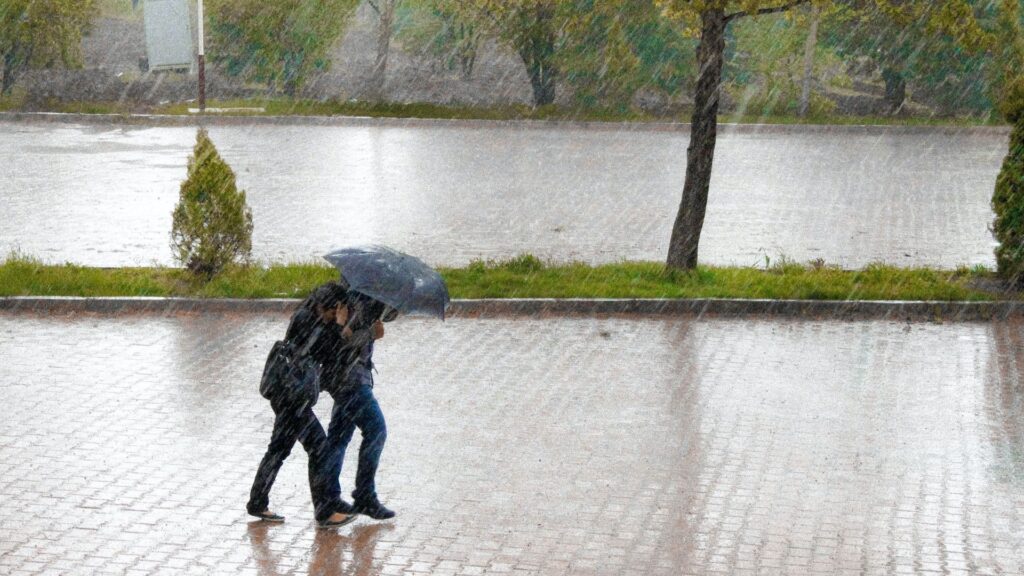
By: Nokwanda Ncwane
Disaster management teams in KZN continue to monitor the ongoing weather conditions affecting large parts of the province as heavy rain continues to batter parts of the province.
The latest warning by the South African Weather Service (SAWS) specified that heavy rain on Monday, 12 December, in the southern parts of the province could cause problems. These rains bring the possibility of localised flooding in low-lying areas, susceptible settlements, roads, and bridges.
HEAVY RAIN CONTINUES TO POUR IN KZN
On Sunday, 11 December, SAWS issued a level 5 warning for severe thunderstorms with hail for parts of KZN.
The Department of Cooperative Governance and Traditional Affairs (COGTA) has asked residents of eThekwini, Mkhambathini, Ray Nkonyeni, Richmond, Msunduzi, uBuhlebezwe, Umdoni, Umuziwabantu, and uMzumbe to pay attention to the weather warning and take all the necessary precautions.
The Provincial Disaster Management Center has activated the Joint Operations Committee (JOC), which will meet daily with all disaster management teams from KZN municipalities to take stock of the situation.
ALSO READ: VIDEO: Man flees car AND elephant on game drive in KZN
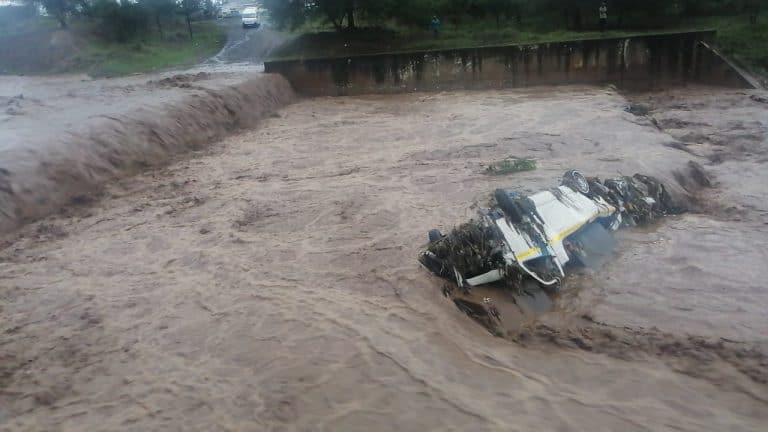
Here are some safety tips from COGTA
- People living in low-lying areas must take special care during storms, as sudden floods might affect them. They should monitor the rising water levels and evacuate the areas to a safer place or higher spot when the water level rises.
- Do not cross through flooded roads or bridges – use other routes.
- Avoid crossing low-lying bridges, streams, and rivers.
- Never try to walk, swim or drive in swift-flowing water. Even if the water is 15 cm deep, it can sweep you off your feet;
- Motorists must be cautious and avoid driving through flooded areas.
- Drive to and park in safer areas.
- The public must monitor weather alerts on radio and television.
- The public should contact their ward councillor or nearest municipal disaster management centres
- Do not try to drive over a low-water bridge if water is flowing strongly across it and the ground is not visible.
- Teach your children about the dangers of floods.
- Keep your essential documents in a water-resistant container.
- Keep your cell phone close to you and have emergency numbers at hand.
- Be especially vigilant at night. It is harder to recognise potentially deadly road hazards.
- Do not camp or park your car along rivers or washes, especially during heavy rains or thunderstorms.
- If you are on foot, be aware that low moving water can also be dangerous during flood conditions. If you come upon moving water, do not walk into it.
- – Where possible, communities are encouraged to avoid contact with any flood waters. The water may be contaminated with raw sewage, oil, or other dangerous substances and may be charged with electricity from fallen power lines.



